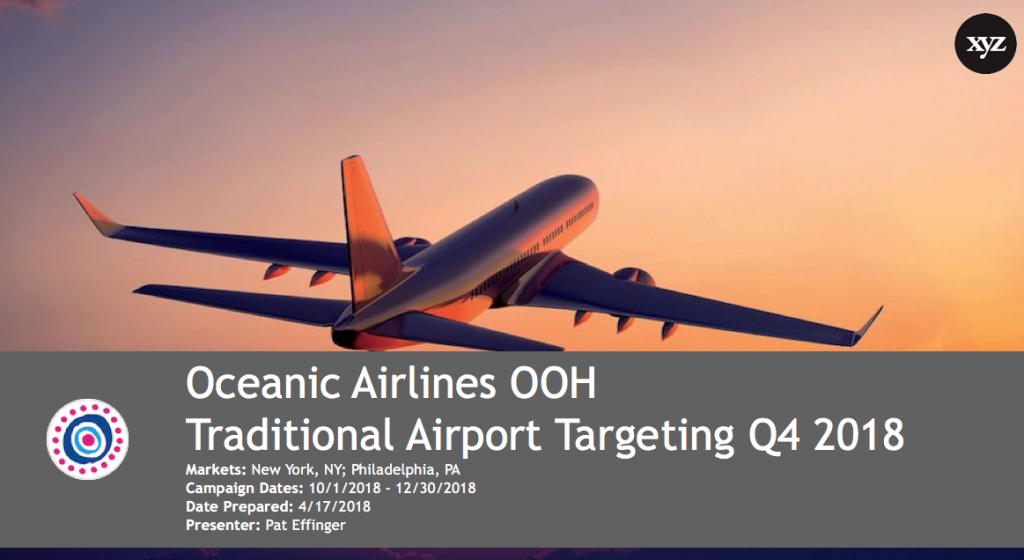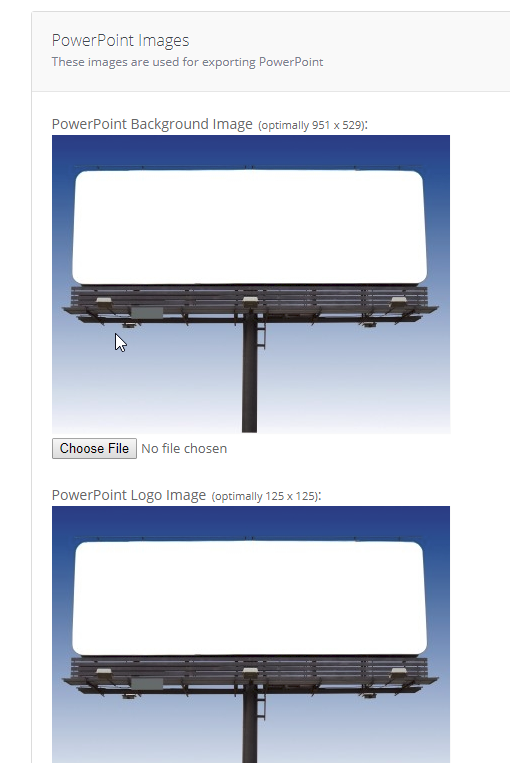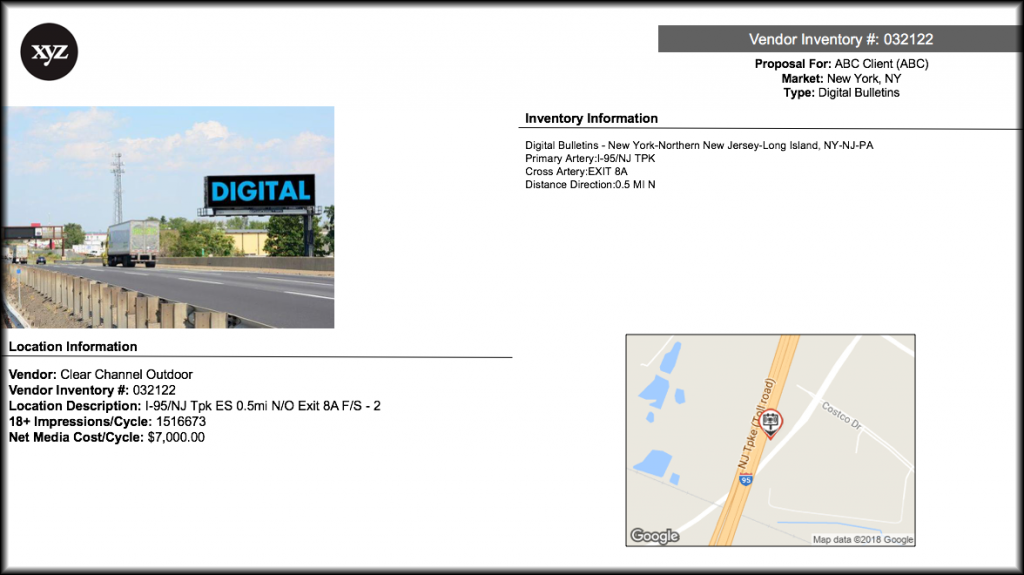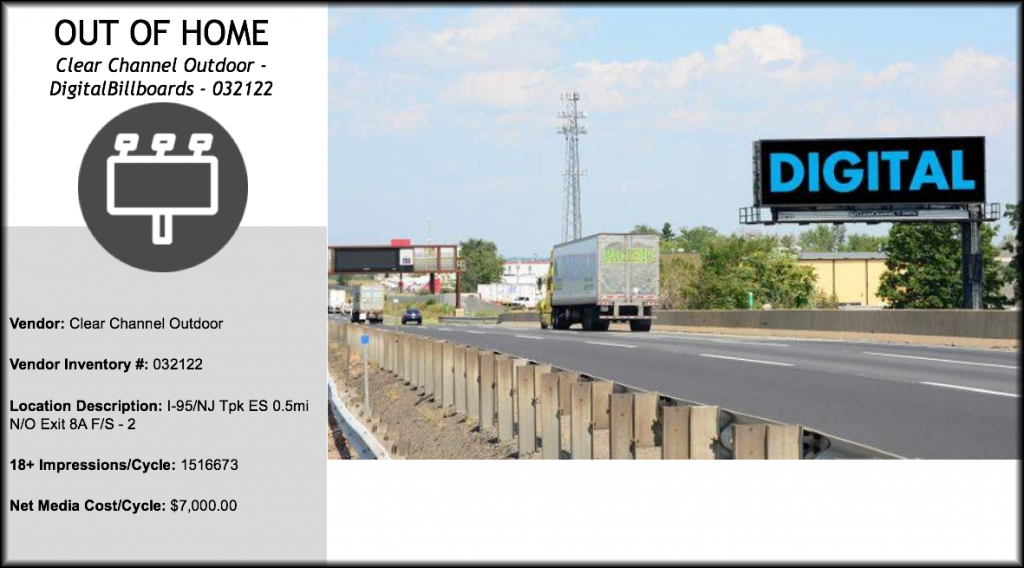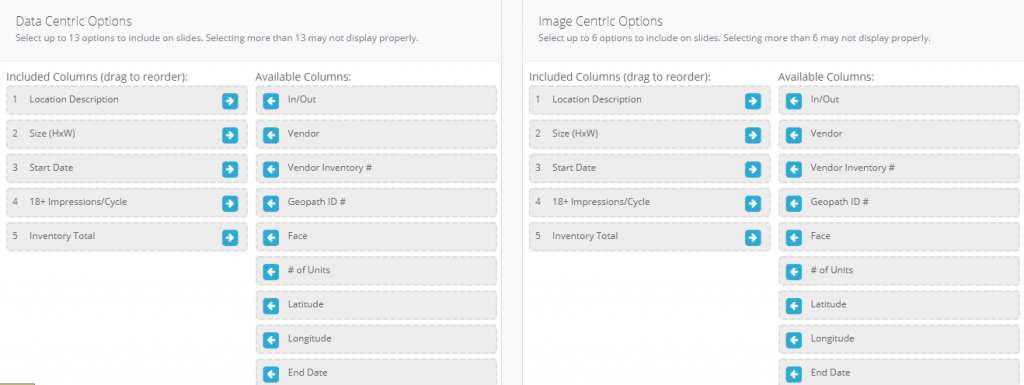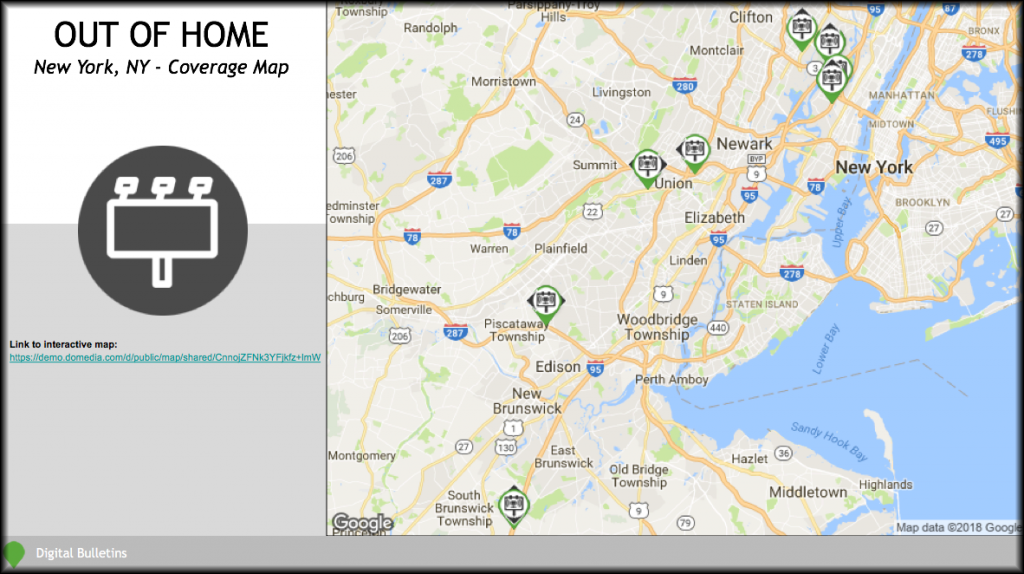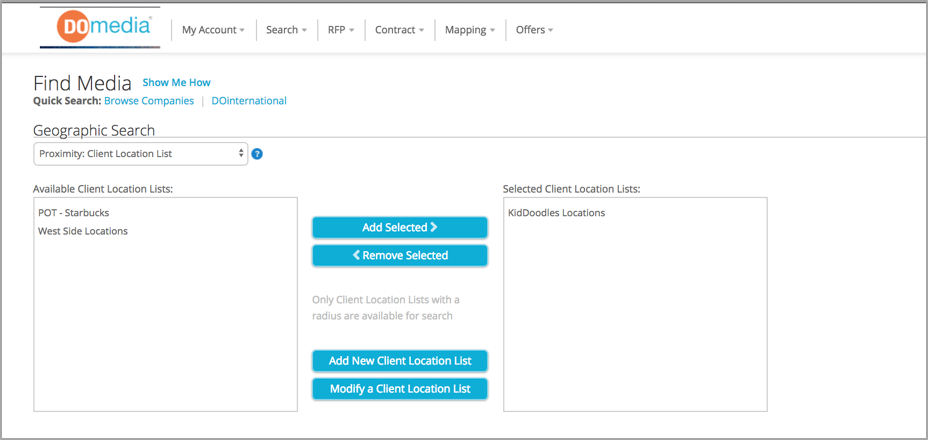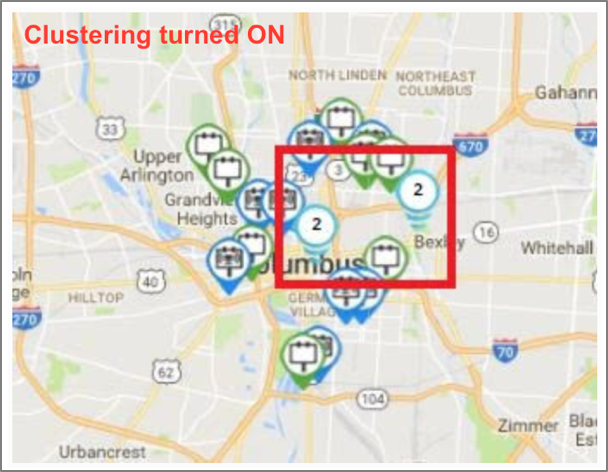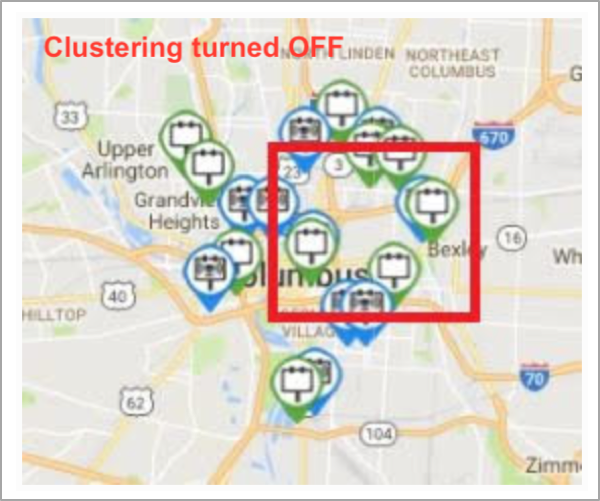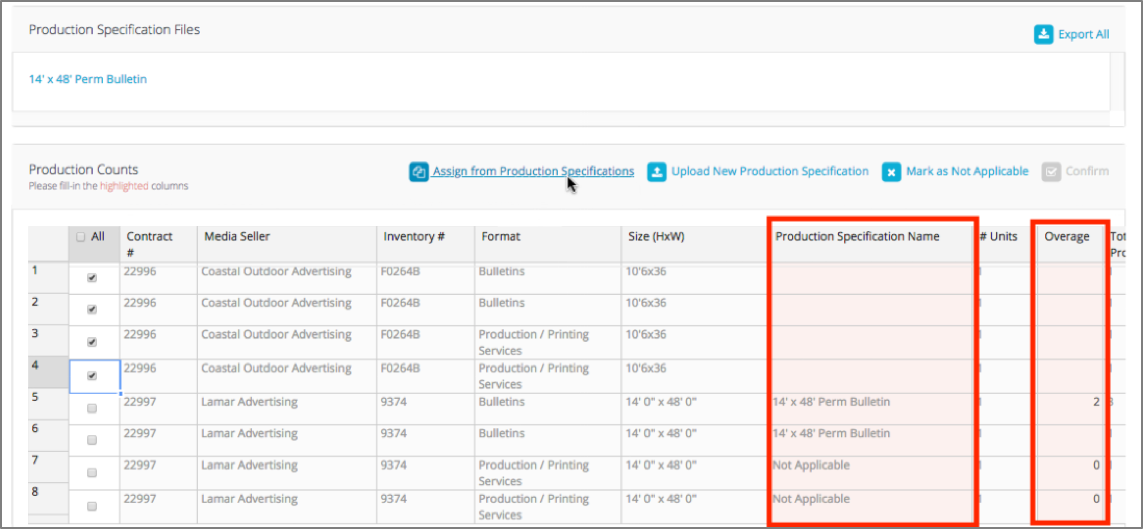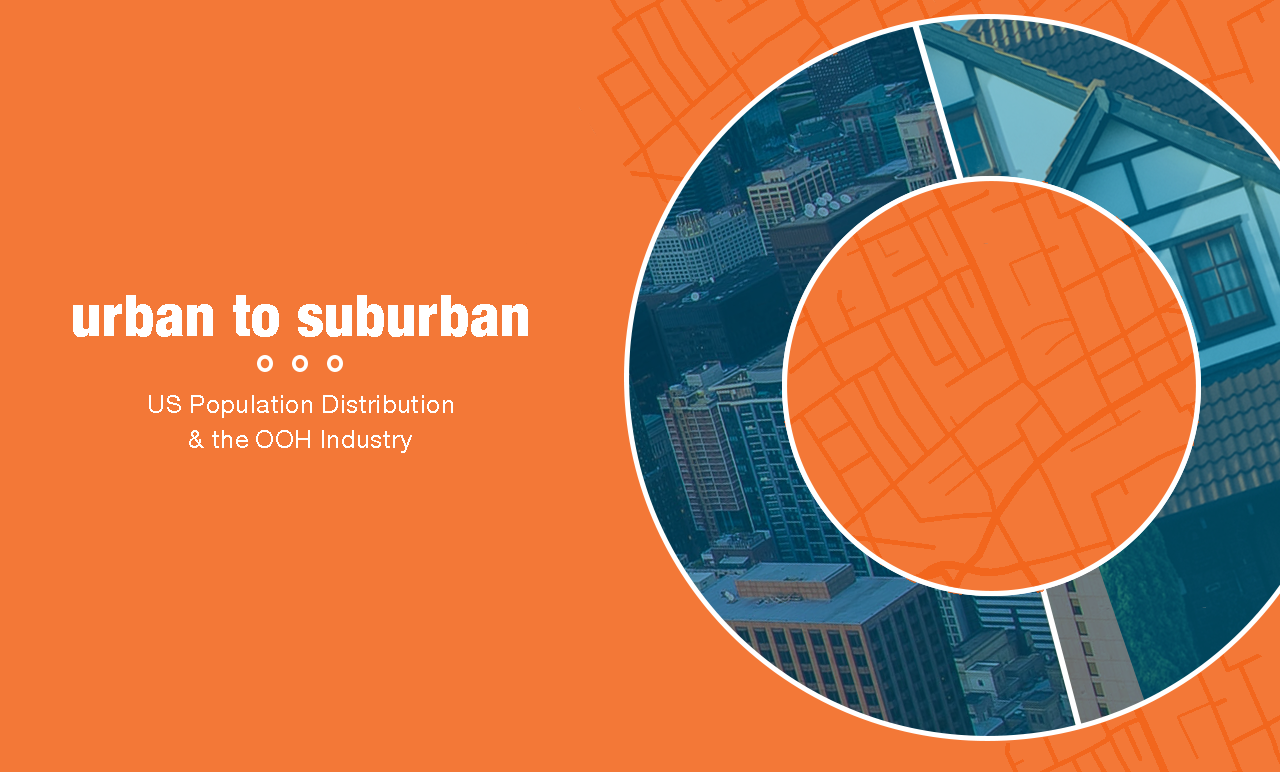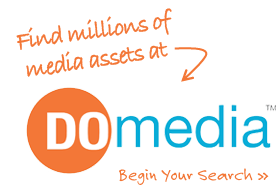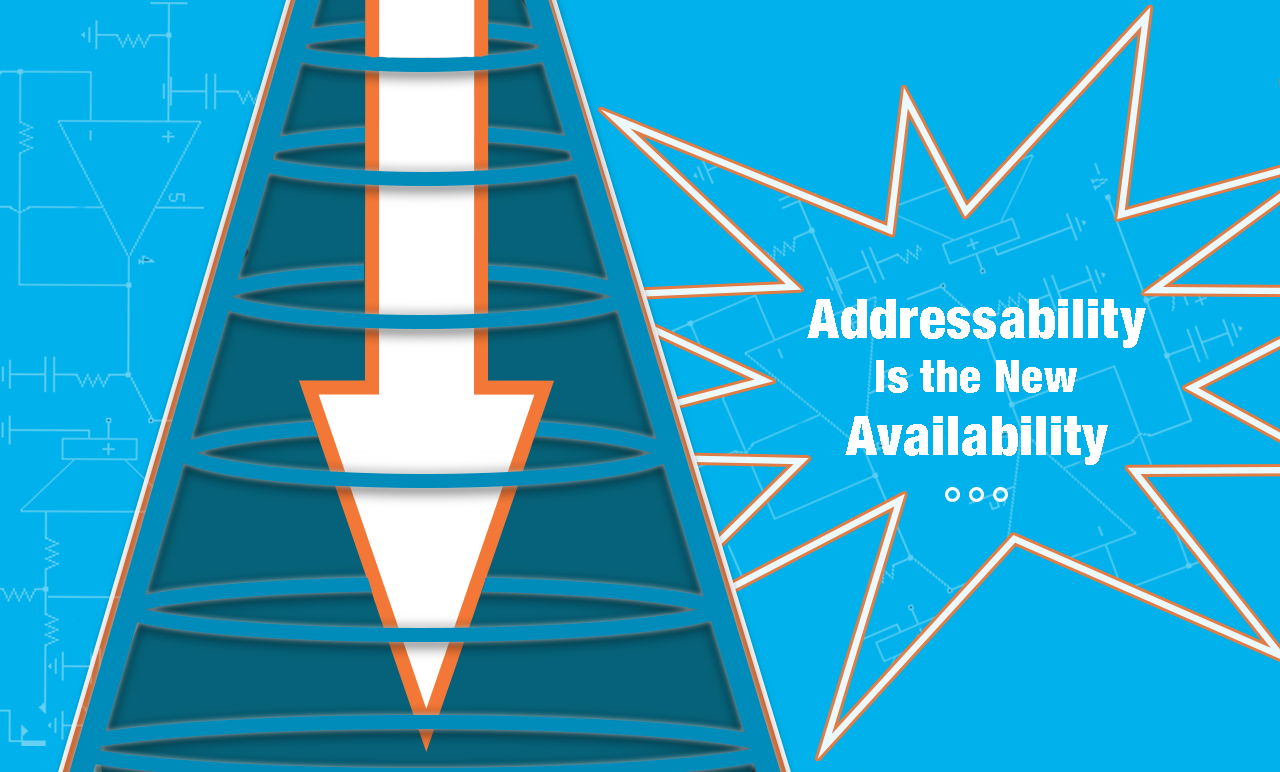
Audience addressability is currently causing a dramatic shift in the way digital advertisements are placed, but its movement towards other mediums is slow. However, if the OOH industry continues to shift towards audience addressability, an immense change should be expected. This post will work to define the concept of addressability, and predict its eventual impact on the world of OOH.
Audience Addressability Definition & Digital Impact
So, what is audience addressability? Simply put, it is the practice of using data to target consumers where they are, rather than where they are predicted to be. Doing this can be quite a difficult task. Advertisers constantly struggle to know exactly where their target audience is even when they are utilizing geographic and behavioral data. Addressability, however, is poised to help them solve that problem once and for all.
In the digital landscape, addressability works by creating individual profiles that keep track of user location and behavioral patterns. These user profiles are more effective when they are marked by an identifier, such as an email address, but many of them are anonymous and utilize webpage cookies to track user’s habits. These profiles are then combined with 2nd and 3rd party data and used by advertisers to place the right ads, in front of the right people, on the right devices.
After these comprehensive profiles have been made, targeted ads can be placed. This is done in two primary ways:
- Probabilistic: This method attempts to create a statistical connection between users’ devices using anonymous data, such as cookies. Once this connection is made, the computer can place cross-device ads based on this “predicted” individuals preferences.
- Deterministic: Matches some form of verified identification, such as an email, to a user IP and then places ads based on that user’s preferences and behaviors. This method is more accurate as it can follow a user’s browsing habits with a high degree of certainty.
Audience Addressability & OOH
In an ideal scenario, addressability would allow advertisers to know exactly who is viewing a billboard (or any other OOH medium) at any given time. Whether this is achieved through recognition software, cellular geo-tracking, or even purchase monitoring, addressability will eventually allow real-time delivery of outdoor ads based on location data. There are many ways this could look in practice. Addressability might allow a digital kiosk to change ads when someone who made a recent online purchase walks by. It might enable a billboard to shift it’s messaging at 6 pm every weekday to accommodate a particular group of commuters heading home. There is a wide variety of ways that addressability could impact the industry, and however you look at them, they nearly all seem positive.
So, why is it taking so long for addressability to reach OOH? The primary reason is that OOH is a “one-to-many” medium. It’s hard to make an ad hyper-targeted when the ultimate goal is to have it be seen by as many people as possible. Despite this, addressability’s potential is enticing, and the industry is slowly making the shift.
Initially, addressability was really only being done with the assistance of digital place-based mediums. However, in recent years, improvements made to display tracking systems, and the introduction of beacon advertising have brought the OOH industry one step closer to full addressability.
Tracking systems placed inside of displays are now capable of determining the age, gender, and sometimes the nationality of the people who view them. These systems can even recognize time-patterns and monitor the exact number of people who view them. The use of these systems is allowing advertisers to better understand the demographics that are viewing each location, and as a result, they are placing more effective targeted advertisements.
Beacon advertising is about as close as OOH has come to full addressability, but it still has a ways to go. This method entails that small beacons, emitting low-frequency Bluetooth signals, be placed inside of stores and retail outlets. These beacons are then used to send location-specific ad notifications directly to users’ phones. This method often requires that a user possesses a certain application though, so its productivity is still somewhat limited. The outlook is certainly promising though.
Addressability flips the traditional media-buying model on its head. Achieving full audience addressability would have a massive impact on the world of OOH. Knowing exactly who is viewing a particular board would dramatically increase the value of undervalued assets. Addressability is almost here, and when it is finding the perfect location, and buying the right assets will become easier, and more efficient, than it ever has been before.
Now that you know a little more about the concept of addressability, head on over to DOmedia, host of the largest database of OOH vendors in the US, and get your next campaign started today!
